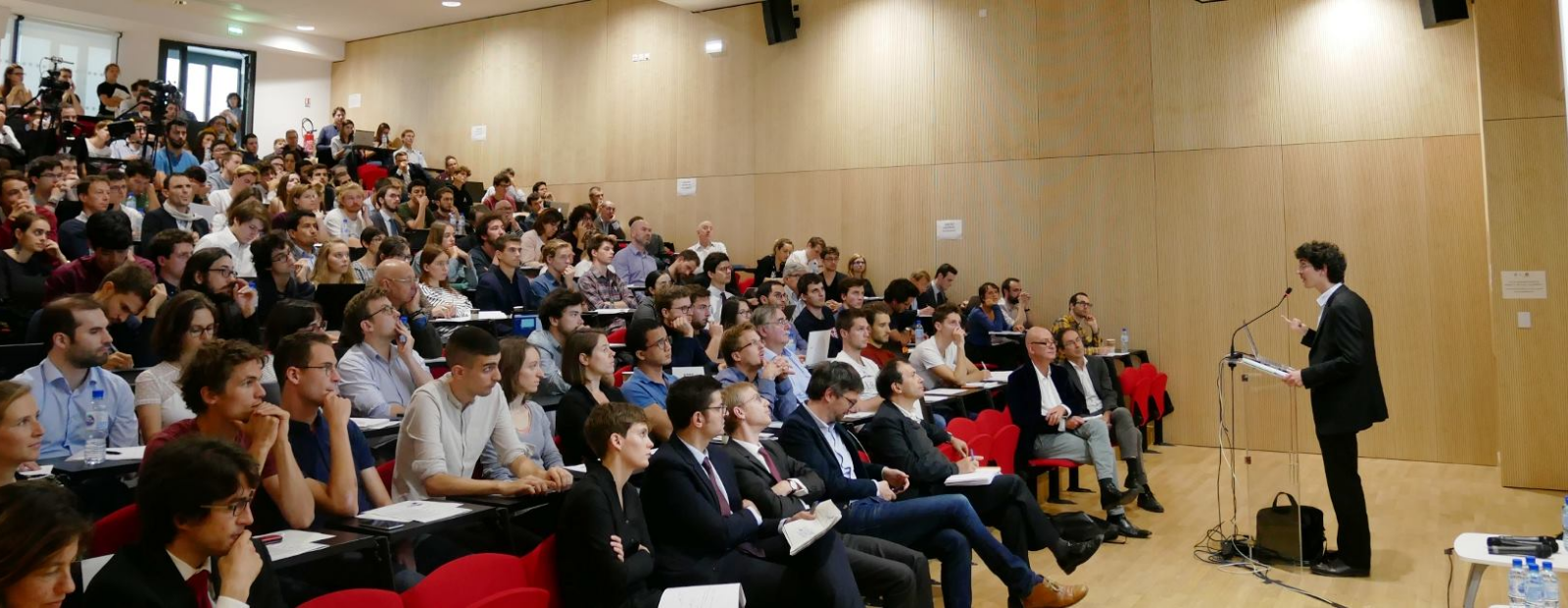Published in
- Senior Researcher
- Co-Head of the Labour and Employment Division
- CNRS
- Institut des politiques publiques
- Member of the Institute of Public Policies
Research groups
- Associate researcher at the Education Policy and Social Mobility Chair.
Research themes
- Education
- Labour Markets
- Public policy
- Social protection
- Work organization and employment relations
Contact
Address :48 Boulevard Jourdan,
75014 Paris, France
Campus:
Campus Jourdan
Floor: 3
Office: 58
Declaration of interest
See the declaration of interest
Publications HAL
-
L’index de l’égalité professionnelle offre-t-il un panorama fidèle des écarts de rémunération entre les femmes et les hommes ? Journal articleJournal: La Revue de l'IRES
-
The Double-Edged Sword of Role Models: A Systematic Narrative Review of the Unintended Effects of Role Model Interventions on Support for the Status Quo Journal articleJournal: Review of Research in Education
Published in
-
Does Feasibility Explain the Unequal Development of Working From Home? Pre-print, Working paper
Published in
-
Gouverner. Un enjeu essentiel BooksAuthor: Fanny Henriet, Philippe Askenazy, Thomas Renault Editor: Odile Jacob
Published in
-
Early Gendered Performance Gaps in Math: An Investigation on French Data Pre-print, Working paper
Published in
-
Does Tax-Benefit Linkage Matter for the Incidence of Payroll Taxes? Pre-print, Working paper
Published in
-
The Gender-Equality Paradox in Chess Holds Among Young Players: A Commentary on the Vishkin (2022) Study Journal articleAuthor: Clotilde Napp Journal: Psychological Science
Published in
-
Que sait-on du travail ? BooksAuthor: Anne Fretel, Anne Revillard, Annie Dussuet, Annie Jolivet, Arnaud Mias, Bruno Palier, Catherine Delgoulet, Célia Bouchet, Christine Erhel, Coralie Perez, Corinne Perraudin, Didier Demazière, Dominique Méda, Emmanuelle Puissant, Héloïse Petit, Jérôme Gautié, Julie Valentin, Julien Gros, Laurent Cappelletti, Luc Sigalo-Santos, Malo Mofakhami, Mathéa Boudinet, Mathilde Guergoat-Larivière, Nadine Thevenot, Nathalie Greenan, Olivier Godechot, Pascale Molinier, Pierre Courtioux, Pierre Francois, Stéphanie Moullet, Thomas Amosse, Vanessa Di Paola Editors: Sciences Po, Le Monde
Published in
-
Gender differences in the intention to study math increase with math performance Journal articleAuthor: Clotilde Napp Journal: Nature Communications
Published in
-
How Effective are Female Role Models in Steering Girls towards STEM? Evidence from French High Schools Pre-print, Working paperAuthor: Marion Monnet
Published in

